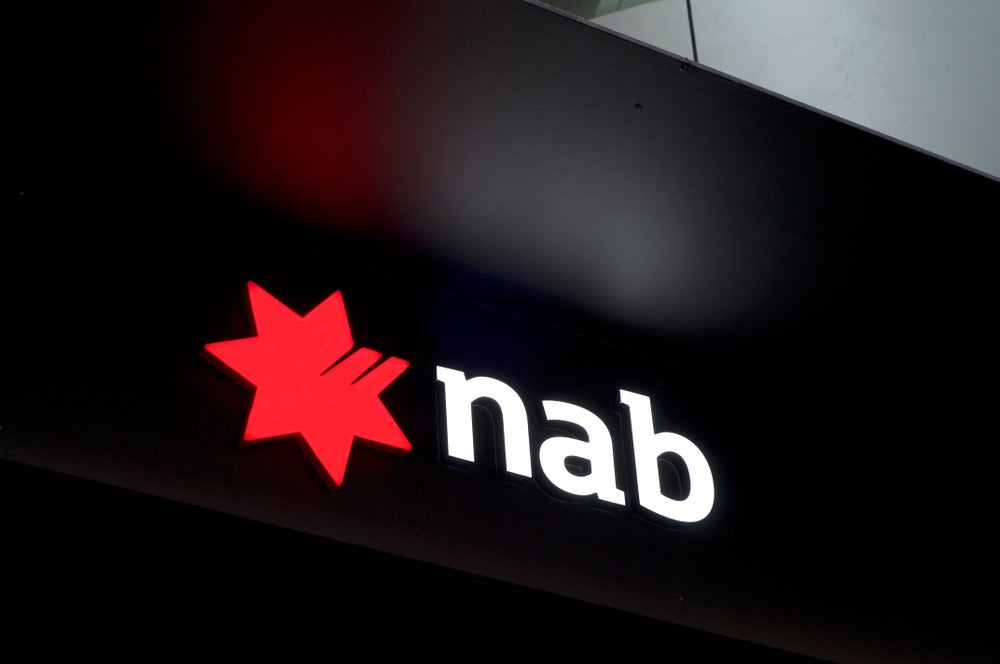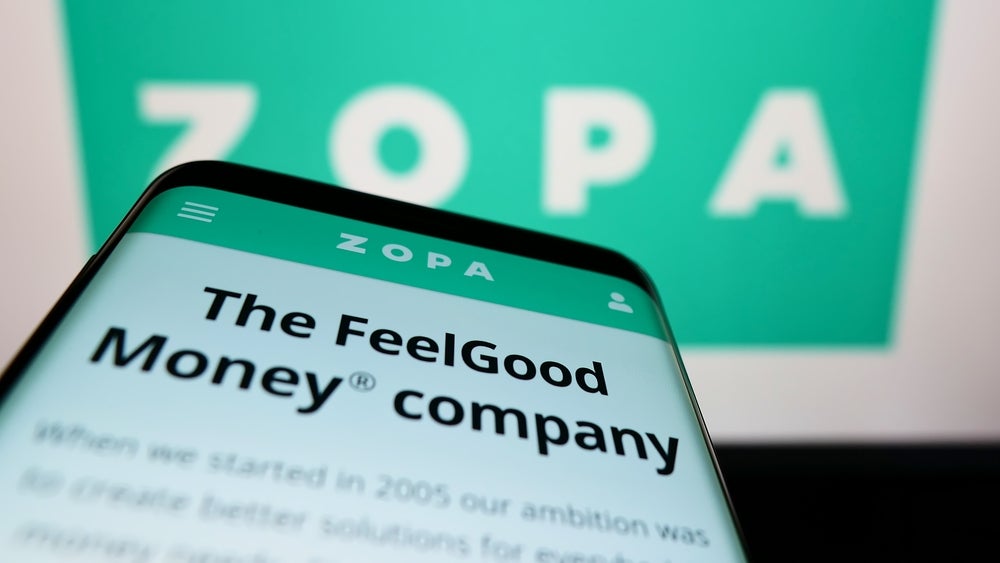Indonesia’s largest private sector
lender, Bank Central Asia, has kicked off an ambitious branch
transform-ation project, designed to rejuvenate its network with a
range of customer-centric outlets. The modernised branches are
already boasting revenue increases of more than 20 percent, reports
Douglas
Blakey.
Once derided as the sick man of the Asian
financial system and a country mired in economic mismanagement, few
banking sectors have attracted as much international interest in
the past two years as Indonesia.
The world’s fourth most populous country –
with a population of 230 million, only one-third of whom currently
use the banking sector – continues to be eyed up by major
international banking groups, spurred by optimistic economic
fundamentals and a supportive regulatory environment.
Deals this year alone include HSBC acquiring
98 percent of Bank Ekonomi at the end of May, to become the
country’s third-largest foreign player after Citi and Standard
Chartered; while in January Australia’s ANZ lifted its stake in
Panin Bank, the country’s seventh-largest bank by assets, to 38.3
percent.
Other international banking groups that have
thrown themselves enthusiastically into the Indonesian market in
recent years include Commonwealth Bank of Australia, Bank of India,
Industrial and Commercial Bank of China, Mitsubishi UFJ, Rabobank
and Malaysia’s CIMB.
How well do you really know your competitors?
Access the most comprehensive Company Profiles on the market, powered by GlobalData. Save hours of research. Gain competitive edge.

Thank you!
Your download email will arrive shortly
Not ready to buy yet? Download a free sample
We are confident about the unique quality of our Company Profiles. However, we want you to make the most beneficial decision for your business, so we offer a free sample that you can download by submitting the below form
By GlobalData|
PERFORMANCE |
|||
|
BCA – earnings fundamentals, |
|||
|
H109 |
H108 |
% change |
|
|
Total assets (IDRtrn) |
253.6 |
221.4 |
14.6 |
|
Net interest income (IDRtrn) |
7.68 |
5.4 |
42.2 |
|
Total fees and commission income (IDRtrn) |
1.91 |
1.57 |
22.1 |
|
Net income (IDRtrn) |
3.3 |
2.43 |
35.9 |
|
Source: Bank Central Asia |
|||
Domestic banks upping their game
Local banks have, in turn, begun to
invest in their businesses. Bank Rakyat Indonesia, the country’s
third-largest banking group by assets, has said it will add 4,000
new ATMs this year to its network as well as up to 1,500 branches.
And the country’s largest private sector lender, Bank Central Asia
(BCA), is investing heavily in its branch network in an ambitious
branch transformation programme.
Investment in BCA’s multi-channel distribution
network has long been central to the ambitions of the bank since it
aggressively expanded its branch network in the 1980s following
deregulation of the country’s banking sector.
Its bricks and mortar network now comprises
more than 840 units, the third-largest in the country, including
BCA Bizz units offering specialised services for business customers
and BCA Prioritas units for priority banking services.
BCA has also embraced digital channels and
been rewarded with huge success: internet banking users grew by 48
percent in 2008 to reach 1.17 million customers, with total online
banking transactions value exceeding those of its ATM channel (up
20 percent) for the first time (see table, below).
In 2008, m-banking transactions soared by 73.3
percent to reach 85.8 million, while the value of the mobile
channel transactions rose by 84.3 percent to IDR95.5 trillion ($9.3
billion).
Nevertheless, while BCA continues to invest in
– and highlight the success of – its direct banking channels, the
branch remains central to the bank’s retail ambitions. In 2007, it
introduced weekend banking at selected branches, offering extended
opening hours during Saturdays, Sundays and local holidays.
It has also grown its branch network by around
100 units in the past three years, while its ATM network, already
the biggest in the country, has grown from 4,000 units in 2005 to
almost 6,000 as of the end of 2008.
|
DISTRIBUTION |
|||
|
Bank Central Asia – multi-channel |
|||
|
2008 |
2007 |
% change |
|
|
Branches |
844 |
809 |
4.33 |
|
ATM network |
5,997 |
5,654 |
6.07 |
|
Electronic channel |
|||
|
ATMs – total transactions (m) |
793.6 |
701.8 |
13.1 |
|
ATMs – transaction value (IDRtrn) |
807.6 |
662.5 |
21.9 |
|
Internet banking – total transactions (m) |
135.0 |
83.5 |
61.7 |
|
Internet – transaction value (IDRtrn) |
991.8 |
611.1 |
62.3 |
|
Mobile banking – total transactions (m) |
85.8 |
49.5 |
73.3 |
|
Mobile – transaction value (IDRtrn) |
95.5 |
51.8 |
84.9 |
|
Source: Bank Central Asia |
|||
Branch transformation
programme
And it is the bank’s branch
transformation programme which has really flagged-up BCA’s
confidence in the strategic importance of its branch network. The
project kicked off with a successful pilot programme incorporating
10 branches during a six month period in 2007.
Further modernised branches are set to open in
the second half of 2009. The goal is to foster open-concept stores
offering an environment promoting faster and more efficient
services, while fostering comfort and discretion for visitors.
“What we want to do through the branch is to
strengthen our relationship with our customers, thus we had to
transform the branches so it reflected what customers want and how
we could improve our service offering to them,” BCA’s chief manager
of operation strategy, Lilik Winarni, told RBI.
“Two years ago the directors decided to transform the branches
so that customers would enjoy a new experience. It is a big project
for us, to reinvent the branch,” added Winarni.
The first stage in the process involved a
detailed analysis of existing branch design, defining optimal
workflows, ergonomics and reconfigured customer zones, covering
marketing and sales.
In partnership with Germany’s Wincor Nixdorf
and its architect partner Kranz InnenArchitekten, the new branches
are split into three separate zones: customer service,
teller-transactions, and a self-service area which feature the
German automation specialist’s ATMs and kiosks.
The architects, said Winarni, started by
studying the cultural environment, looking at the choice of colours
and materials in the country, local habits and customs. In
particular, the aim of the new branch design was to create an
environment that optimises foot-traffic patterns for BCA to ensure
that its customers are directed to the appropriate areas
immediately.
Physical barriers were torn down between the
three segments to create the new zones. Out went ‘barriers’ and in
their place were substituted differing colour schemes to represent
the different zones areas: blue for the teller area and yellow for
the consultation and service area.
By BCA’s own admission, the existing customer
service area was somewhat basic, offering little more than an area
with desks and chairs affording customers little privacy. In their
place, the new branches now offer what BCA terms “active waiting
zones” with customers seated in a semi-circular arrangement where
they can browse product literature or view digital
signage.
Move to non-cash transactions
The design also had to recognise the steady
move towards non-cash transactions and ensure that non-cash
terminals are as readily accepted by customers as ATMs. The
architect’s solution was to locate such devices, where the
transaction duration is typically longer than a simple ATM
withdrawal and sometimes used by seated customers, at the back of
the self-service zone.
According to Winarni, it is not only BCA’s
customers who will benefit from the new design. Bank tellers now
have eye-to-eye contact with clients at their work stations as
their work stations were raised and glass barriers removed to
improve lines of sight.
“By optimising the workspace and creating an
open-concept design, teamwork and communications between employees
have improved. The result is increased staff productivity and
faster decision-making,” she said.
Not to mention a welcome increase in sales.
“The branch transformation project has improved interaction with
customers at both new branches and as a result revenues have jumped
by approximately 20 to 30 percent for consumer products such as
credit cards, car loans and mortgages,” she added.
Winarni has also witnessed increases in
cross-sell ratios at the newly modernised branches, with the
re-designed outlets opening around 40 new accounts a day, compared
with 15-20 prior to the re-design.
“However successful our electronic channels
and the growth of our mobile banking channel are, for example,
there are still a lot of customers who prefer to go to the branch.
Branch visits are not declining… and the branch still has a vital
role to play,” Winarni stressed.
In addition, she argues the branch manager now
has a better feel of branch traffic flows because of the new
design, meaning decisions can be taken more quickly if queues are
too long or customers are waiting too long to be served.
For Wincor Nixdorf, the partnership with BCA
was, said its country manager Nugraha Santosa, “very important…
Wincor Nixdorf was able to contribute to BCA’s next strategic move
with this branch transformation effort. We were able to
differentiate ourselves from other players by proving that we
understand banking issues that are larger than self-service
equipment provision,” he told RBI.
According to HSBC, Indonesia’s GDP is forecast
to grow by 2.5 percent this year and by 4.5 percent in 2010 –
“bucking the global downturn and demonstrating the country’s
emerging strength”, said the bank.
Separate research from Morgan Stanley
published in the middle of June stated that Indonesia’s economic
growth may accelerate to 7 percent in 2011, providing a strong case
for its inclusion in the so-called BRIC economies along with
Brazil, Russia, India and China.
|
DISTRIBUTION |
||
|
Indonesia – banks ranked by branch |
||
|
Branches |
ATMs |
|
|
Bank Mandiri |
1,027 |
4,201 |
|
Bank Negara Indonesia |
979 |
3,249 |
|
Bank Central Asia |
844 |
5,997 |
|
Bank Danamon Indonesia |
500 |
790 |
|
Bank Rakyat Indonesia(1) |
341 |
n/a |
|
Bank Internasional Indonesia(2) |
250 |
725 |
|
Bank CIMB Niaga(3) |
183 |
1,261 |
|
Permata Bank(4) |
48 |
548 |
|
(1) excludes 4,300 micro outlets; (2) 43 |
||
RESULTS
BCA’s half-year profits up by
35%
Bank Central Asia posted a resilient
set of interim results for the six months to 30 June, with net
income rising by more than a third to IDR3.3 trillion ($324.4
million) compared with a year ago.
BCA’s strong performance was boosted by a
sharp rise in its net interest margin, which rose to 6.3 percent
compared with 5.5 percent a year ago, with low cost demand and
savings deposits accounting for a peer-busting 75 percent of total
deposits.
While non-performing loans increased (to 1.8
percent), the figure remained a fraction of the sector average of
around 4.7 percent.
Upon release of its interim results, credit
agency Fitch upgraded BCA’s rating to reflect “the bank’s track
record of consistent strong financial performance despite the more
challenging economic environment.” Fitch added that BCA’s
capitalisation remained strong and above the peer-average while its
profitability is underpinned by an established franchise in
transaction banking and deposit-taking in the Indonesian
market.







